2020 Hyundai Venue Is A Fun Place To Dwell
When I heard Hyundai was building the Venue as a smaller crossover, slotted below the already small Kona, I wondered about its point. Did we really need a Korean micro car? This, as Hyundai is making strides to distance itself with the uber luxurious Palisade, mid-size Santa Fe, and compact Tucson? Apparently, some of that higher-end excellence has flowed to the bottom as the 2020 Venue is a fun place to dwell.
It’s a box on wheels, but more like a stylish little blue Tiffany box than a plain brown one from Amazon. It starts with a mesh grille derived from the larger Santa Fe’s, but looks sharp with LED headlamps, squinty driving lights, 17-inch alloys, and LED taillamps. A contrasting color roof with satin silver rails add flair. It looks urban chic, but not fragile. It’s almost cute in a puggle sort of way.
The little vessel comes packed with a roomy interior that can comfortably hold four and their gear – more with fewer aboard and the rear seats flipped forward. There’s a lot of hard plastic inside, but it all looks good and is accented with satin silver finishes on the door handles and around the air vents. Kid crud can be wiped easily. A leather-wrapped steering wheel amps up the luxe a bit. Seats are canvas cloth, but the fronts are heated and feature cool while stripe stitching. They proved supportive during a five-hour Interstate run.
In SEL trim, our car came with automatic climate control, power sunroof, push button starting, and navigation. Devices connect through multiple USBs, Bluetooth, Apple CarPlay, and Android Auto. Unlike another famous crossover I drove recently, drivers get an auto up window to more easily speed away from drive-ups and tollbooths. Nobody scrimped on safety, giving our Venue a forward collision avoidance system with pedestrian detection, blind spot warning, rear cross path detection, lane keep assist, and rearview camera.
While the Venue has plenty of power to move through the city and keep pace on the highway, I wouldn’t try to drag race even my grandmother. Under the stubby hood is a 1.6-liter four-cylinder engine delivering 121 horsepower and 113 lb.-ft. of torque to the front wheels through a continuously variable automatic transmission. Drive modes can be switched for Normal driving (maximum MPGs), Sport (more sensitive throttle), and Snow (enhanced traction). In no mode does it conjure more power, but it is a bit livelier in Sport. Fuel economy is rated 30/34-MPG city/highway.
Driving through the twisties is surprisingly more fun as engineers gave the Venue a spry little chassis that’s fun to toss. There’s nothing sophisticated about the independent front, torsion beam rear suspension, but quick steering and a short wheelbase add up to some fun. Four wheel disc brakes stop with confidence. Even better, the car feels well screwed-together over rough pavement where nothing squeaks, creaks, or rattles. My impression is the Venue was built to be affordable, but never to remind its driver of that fact.
Despite initial reservations, it turns out Hyundai delivered a roomy, efficient, stylish, and fun little rumpus room that will delight first-time car buyers and those just looking for a good daily commuter. True to Hyundai tradition, it comes with a value-packed price tag. Base models start at $17,350, coming to only $23,405 with all the options. Competitors include the Honda Fit, Toyota Yaris, Chevy Sonic, and Nissan Kicks.
2020 Ford Escape Hybrid Is A Sporty, Efficient Family Car
As Ford kills cars like the Fusion and Focus, it must rely on crossovers to carry market strength for the brand. As a result, the redesigned Escape has skewed away from its SUV past toward becoming a taller, roomier, well, car. It looks sporty, provides plenty of interior space, and in hybrid form, is incredibly efficient. In most ways, it is a better Escape. In most ways.
The Escape is a symbol of Ford’s evolving design philosophy. The original Escape was a two-box mini-ute that looked like a downsized Explorer or Expedition. Although it rode on a car-based chassis and kept off-roading to light trails, it projected the adventurism of its larger siblings. The second generation Escape adhered to CEO Alan Mulally’s mandate for a consistent look across Ford’s products. Designers chose an edgy Euro look, which gave the crossover the appearance of a tall Focus wagon. We take an entirely different track for this latest edition.
Style is clearly more urban focused, not even giving a hint of off-road capability, imbuing the Escape with a hint of Porsche in its roofline and bulging headlamps. A large oval grille, 19-inch wheels, and roof spoiler amp its sporty nature. There’s just enough gray plastic around the wheelwells and lower body to connect it to its SUV ancestry. It definitely looks more handsomely expensive than its predecessor, and that should attract new friends.
Compared to the highly styled interior of the previous Escape, this one is a bit bland, but functions well. It looks much fancier with available contrasting colors and woodgrain, but ours came in all black - black vinyl on the doors, seats, and dashboard – with a strip of faux aluminum. A leather-wrapped steering wheel, panoramic glass roof, heated front seats, and automatic climate control add luxury. The power liftgate and rotary gear selector add convenience.
Look beyond acres of black plastic to experience layers of technology. Check the flatscreen instrument cluster that shows drivers whether they’re using or replenishing the battery and by how much. The center dash is dominated by an intuitive touchscreen for navigation, audio, and apps. Connect with Bluetooth, 4G Wi-Fi, Apple CarPlay, and Android Auto. Proper volume and tuning knobs remain. Safety is enhanced by adaptive cruise, forward collision warning with auto braking, blind spot warning, and rear cross path detection.
Beneath the smooth bodywork is a 2.5-liter four-cylinder engine, lithium-ion batteries, and continuously variable transmission that conspire 198 horsepower and send it to the road through the Escape’s all-wheel-drive system. It spends more time in electric mode to deliver an impressive 44/37-MPG city/highway – numbers that not long ago would have been generated by only the smallest and most efficient hybrids.
Engineers placed batteries beneath the body, which not only provides a roomy interior with flat floors, but also improves handling. Well, they would if the engineers also stiffened the suspension. Ride quality is focused on providing plush travel over carving up backroads, and in that vein, it does a great job of soaking up miles on highways and rough city streets. Typical of hybrids, the engine starts and stops at weird times, but there’s plenty of power to accelerate when you stomp the pedal.
In the age of crossovers, Ford has significantly re-thought the Escape. Less rough-and-tumble SUV, and more tall car, it has evolved to meet the market – and I suspect, make many drivers very happy. If Ford could work on the boring interior and fine tune the chassis, it would be pretty fantastic. As a hybrid, it makes a pretty compelling value case too. Prices start at $24,855, but came to $34,245 for our Sport SE AWD version. Competitors include the Honda CR-V, Toyota RAV4, and Nissan Rogue.
Storm Forward
Send comments to Casey at AutoCasey@aol.com; follow him on YouTube @AutoCasey.

2020 Hyundai Venue SEL
- Five-passenger, fwd crossover
- Powertrain: 1.6-liter I4, CVT
- Output: 121hp/113 lb.-ft.
- Suspension f/r: Ind/Torsion beam
- Wheels f/r: 17”/17” alloy
- Brakes f/r: disc/disc
- Must-have features: Style, utility
- Fuel economy: 30/34 mpg city/hwy
- Assembly: Ulsan, Korea
- Base/as-tested price: $17,350/23,405
2020 Ford Escape Hybrid
- Five-passenger, AWD Crossover
- Powertrain: 198 hp – 2.5 I4, Li-Ion Batteries
- Suspension f/r: Ind/Ind
- Wheels f/r: 19”/19” alloy
- Brakes f/r: Regen disc/disc
- Must-have features: Style, efficiency
- Fuel economy: 44/37 mpg city/hwy
- Assembly: Louisville, KY
- Base/as-tested price: $24,855/34,245
 DONATE
DONATE

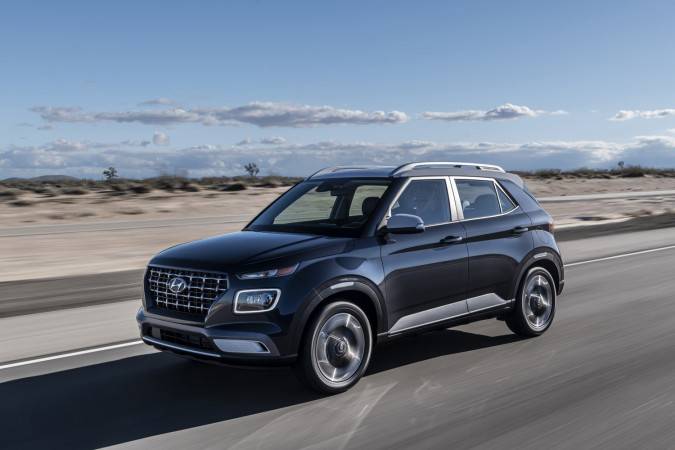
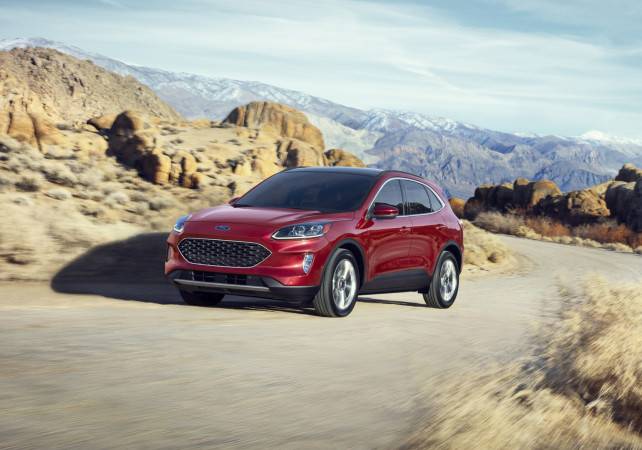

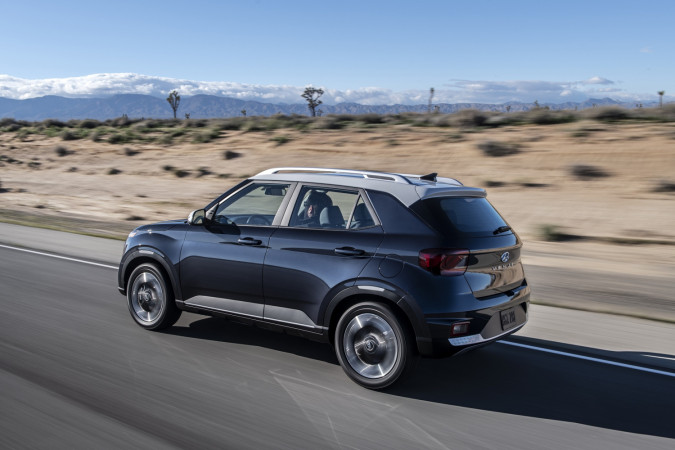
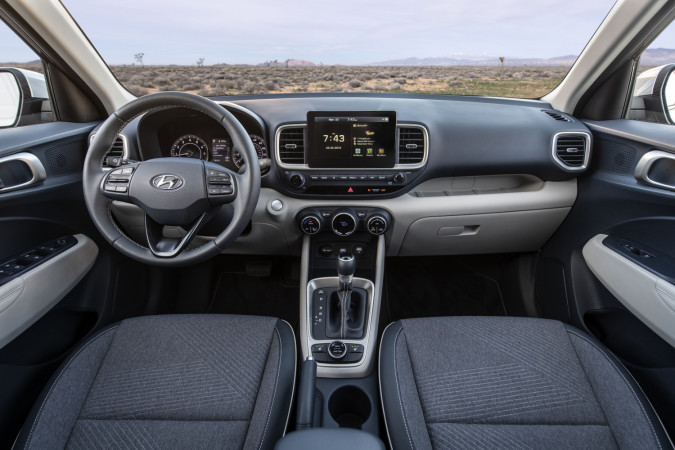
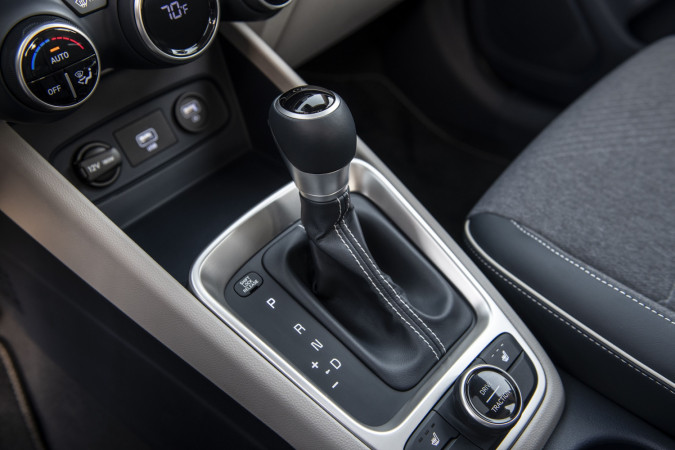

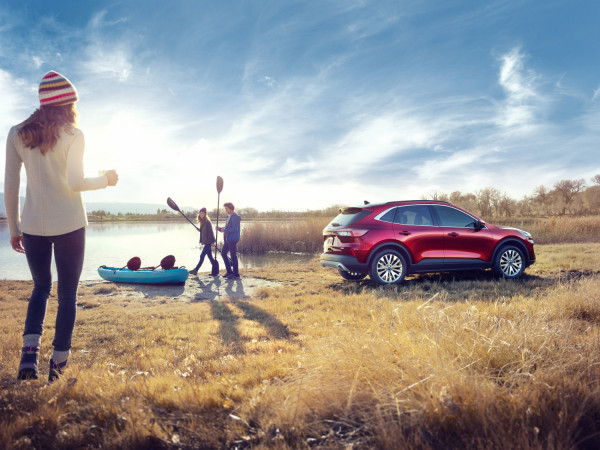
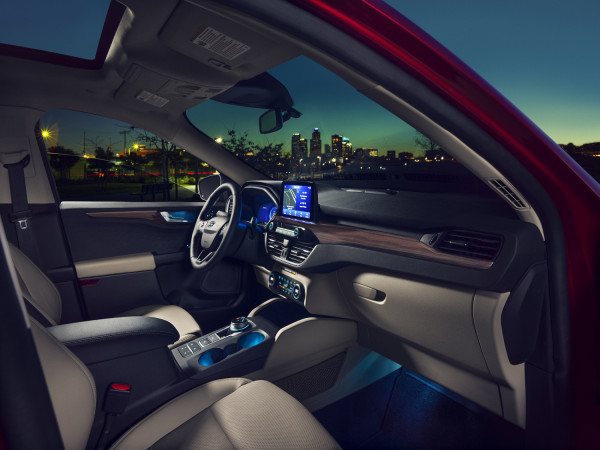
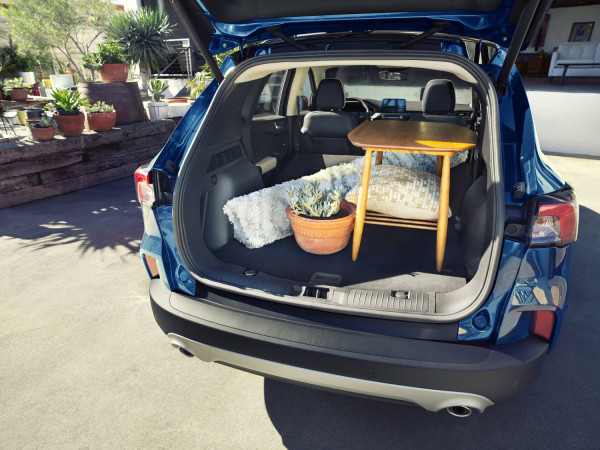




 Support WFYI. We can't do it without you.
Support WFYI. We can't do it without you.